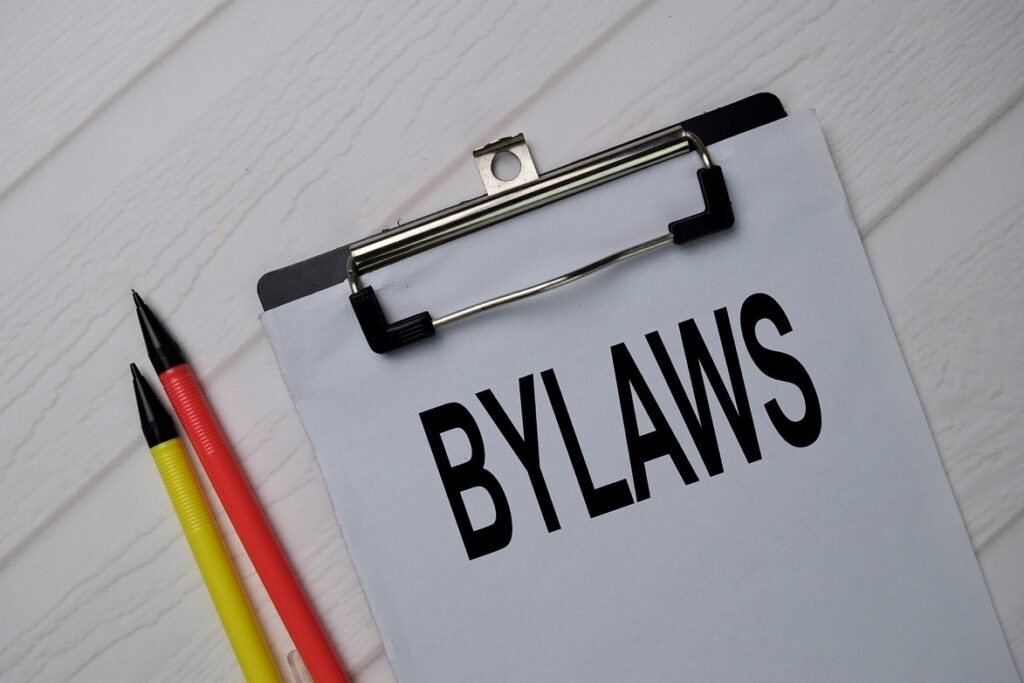Are your bylaws or standing orders contradictory?

Sometimes the standing orders or bylaws may unintentionally contradict each other within an organisation.
Example
A recent client I worked with was looking at their rules on how they run their meetings.
In one section of the bylaws, it said that the ruling of the chair could be disagreed with, or they could have a dissenting motion.
However, further in their bylaws was a list of the procedural motions that were allowed. The problem was the motion that “the chair could be disagreed with” was not listed.
Context
A dissent motion, or one that disagrees with the Chair’s ruling, is a procedural motion.
This means if they have a list of motions that are allowed, this one clearly must be in there. It referred to the dissent with the Chair’s ruling, but there was actually no such motion allowed under the standing orders. Inconsistencies were scattered throughout the bylaws.
In a nutshell, this organisation’s bylaws contradicted each other.
This is actually very common with bylaws that have been prepared by people who don’t quite understand the intricacies of meeting procedures.
Stalemate
This situation left this particular group in a stalemate.
On the one hand, people said …” but the bylaws say we can, therefore we should do this….”
On the other hand, the bylaws said… “ there’s no mechanism to do it.”
This is a perfect example of why you need to be very careful with how your bylaws are written to make sure they don’t contradict each other.
A perfect storm for hidden agendas
If your committee has a leader whose values are not aligned with the group, contradictory bylaws will allow them to use this to their advantage. And the last thing you want is a framework that results in conflict, not harmony.
As a meetings advisor with 35+ years of experience in everything to do with strategy and dealing with different personalities in meetings using process, you can ask me any tricky question on the Meeting Mastery Question Vault page and I’ll respond.
Unified approach vs ad-hoc approach to bylaws
In the last 35 years, I’ve noticed many local governments have similar standing orders, but they also have their own interpretation added to them. This means the bylaws will often vary from council to council. This not only creates unnecessary work but also adds to costs and causes confusion.
For example, at one particular council, they had a rule where the councillors could keep asking questions about a motion until there were no more questions to ask. There was no time limit for each question, nor was there a limit to how many questions could be asked. You can read about how local councils run their meetings on the Local Government Meetings Quest page.
Councillors with agendas to push use this to their advantage, effectively stalling real discussion. The result, of course, is that some council meetings often went on for many hours, sometimes ending after midnight. I’m sure the quality of the discussion diminishes when weariness sets in, which is not good for anyone.
To get your standing orders and meetings working for you, and not against you, I’m at the other end of the phone and would love to chat. Why? Because (according to my wife) my eyes light up when discussing meeting procedures.
David Julian Price
Meetings Advisor | Speaking Coach | Facilitator | Impartial Chair
www.davidprice.com [email protected] 08 6165 8867



